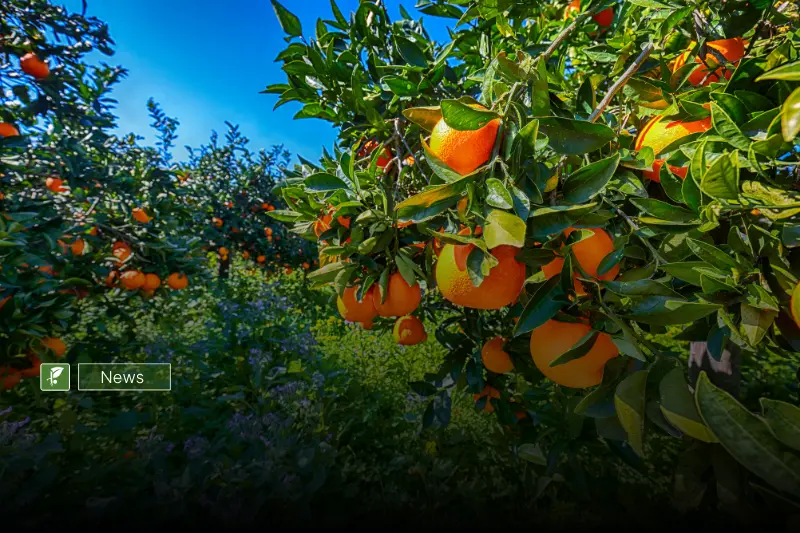Advancements in the agriculture and plantation sectors, as well as self-sufficiency in food, are goals that President Prabowo Subianto aims to achieve.
The Ministry of Agriculture has devised several strategies to support this initiative, one of which is the development of 1,800 “fruit villages.”
The Fruit Village Program, spearheaded by the Directorate General of Horticulture within the Ministry of Agriculture, is aimed at boosting fruit production.
Not a Completely New Program
The fruit village concept is not entirely new. It was previously implemented a few years ago to increase the production of certain fruit commodities.
Between 2020 and 2022, the program was rolled out to establish 134 Citrus Villages, 149 Mango Villages, 137 Mangosteen Villages, 243 Banana Villages, 422 Durian Villages, 253 Longan Villages, 284 Avocado Villages, and 189 other Fruit Zones.
Also read: 2025 food budget reaches IDR 139 trillion, can self-sufficiency be realized?
Boosting Durian and Mango Commodities for Export
This year, the Ministry of Agriculture is also focusing on increasing the production of local fruits to compete in the global market.
Two fruit commodities, mango and durian, are currently being prepared for export, as they are highly sought after in various countries.
Their cultivation is concentrated in fruit villages, with a minimum of 10 hectares of land allocated per village. The ultimate goal is for Indonesia to become more self-reliant in the food sector and to excel in the global export market.
Giving Hope to Local Farmers
The fruit village program offers a glimmer of hope to local farmers. In addition to land preparation, the Ministry of Agriculture is also providing support in the form of seeds, agricultural production facilities, and post-harvest assistance.
With the goal of meeting national and export market demands, the fruit villages are expected to help improve the livelihood of farmers.
It is not impossible that, within the next four years, we can achieve food self-sufficiency.




